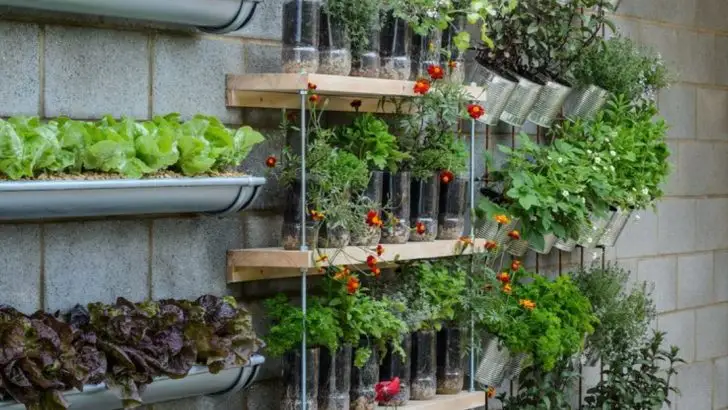Gardening doesn’t have to be expensive! With a little creativity and resourcefulness, you can grow a thriving garden on a budget using low-cost, DIY-friendly solutions.
In this article, we share 21 low-cost ideas for growing your garden, from saving seeds and composting for free fertilizer to repurposing household items as planters. Whether you’re a beginner or an experienced gardener, these budget-friendly tips will help you maximize your space, reduce waste, and keep your garden lush without breaking the bank. If you’re looking for affordable ways to grow more for less, these ideas are a must-try!
Seed Saving
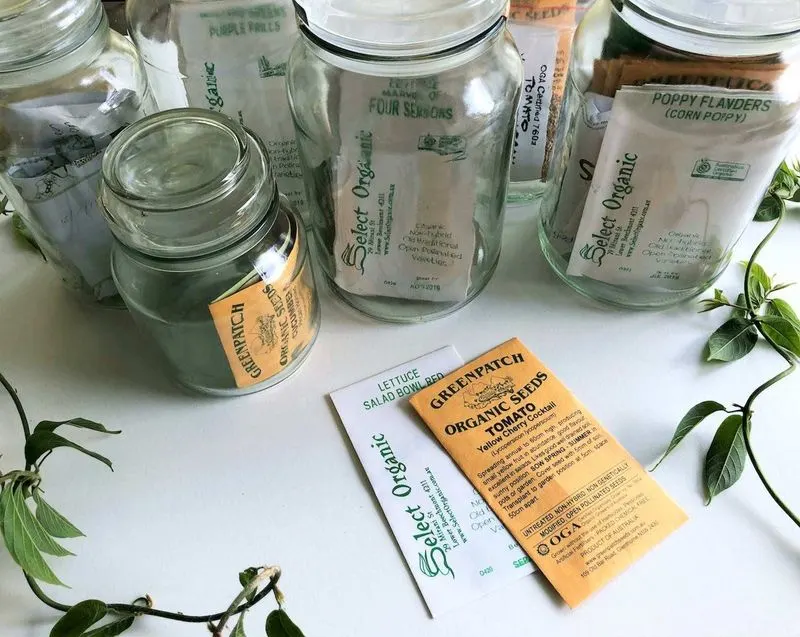
Collect seeds from your favorite plants at the end of their growing season. Store them in labeled envelopes to ensure you know what you’re planting next year. Saving seeds not only saves money but also allows you to preserve your garden’s heritage. Get the kids involved in this fun activity, teaching them the life cycle of plants. Sharing seeds with friends can also lead to discovering new plant varieties. This approach is sustainable and keeps your garden diverse and exciting year after year.
Composting

Turn kitchen scraps and yard waste into rich compost. Composting enriches soil, retains moisture, and reduces landfill waste. Use materials like vegetable peels, eggshells, and coffee grounds. Avoid meat and dairy to keep pests away. Mix greens and browns to balance nitrogen and carbon. Regularly turning the pile speeds up the decomposition process. This eco-friendly practice not only saves money on store-bought fertilizers but also nurtures your plants with nutrient-rich soil amendments.
DIY Planters
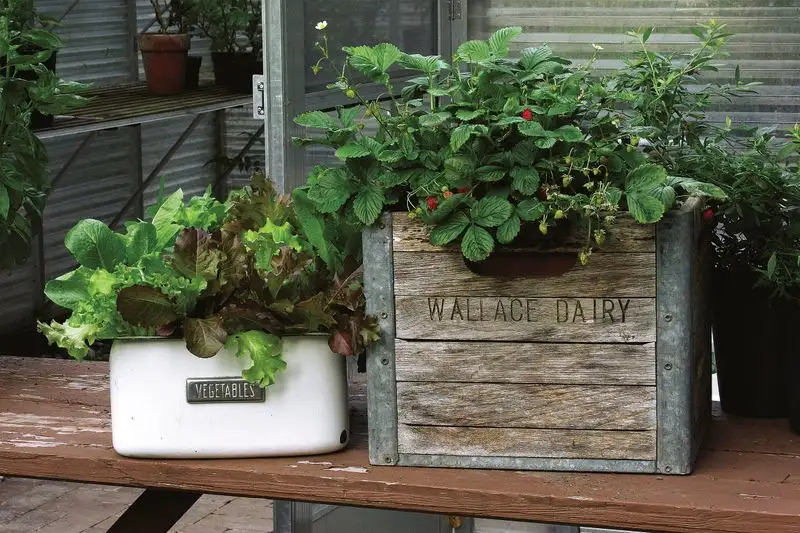
Repurpose household items into unique planters. Old boots, tin cans, and teapots make charming homes for your plants. Drill drainage holes at the bottom to prevent waterlogging. Use various sizes and shapes to create visual interest. This budget-friendly method encourages creativity and reduces waste. It’s a wonderful way to personalize your garden space, making it feel uniquely yours while keeping costs down.
Rainwater Harvesting
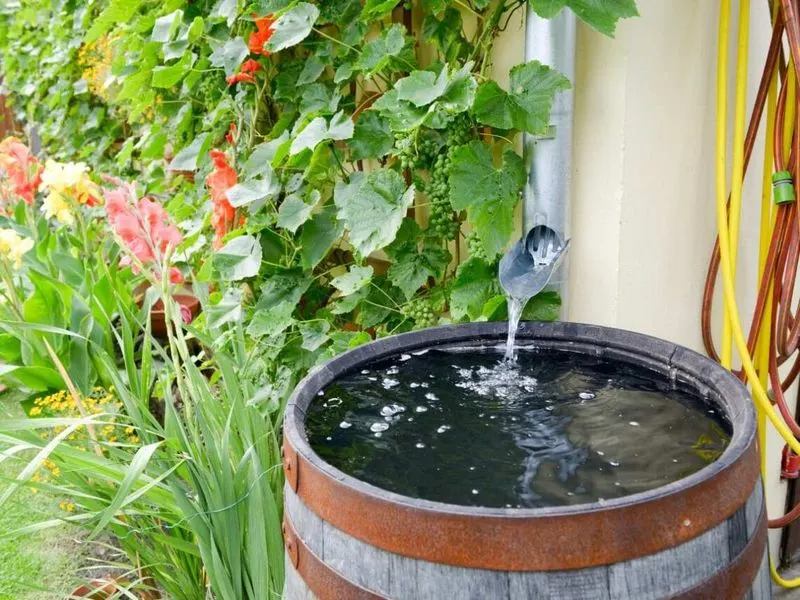
Install a rain barrel to collect rainwater from your gutters. This free water source helps reduce your utility bill while keeping your plants hydrated. Rainwater is naturally soft and free from chemicals, promoting healthier plant growth. Position your barrel near garden beds for easy access. During dry spells, this resource becomes invaluable, proving that a little foresight can lead to significant savings.
Mulching
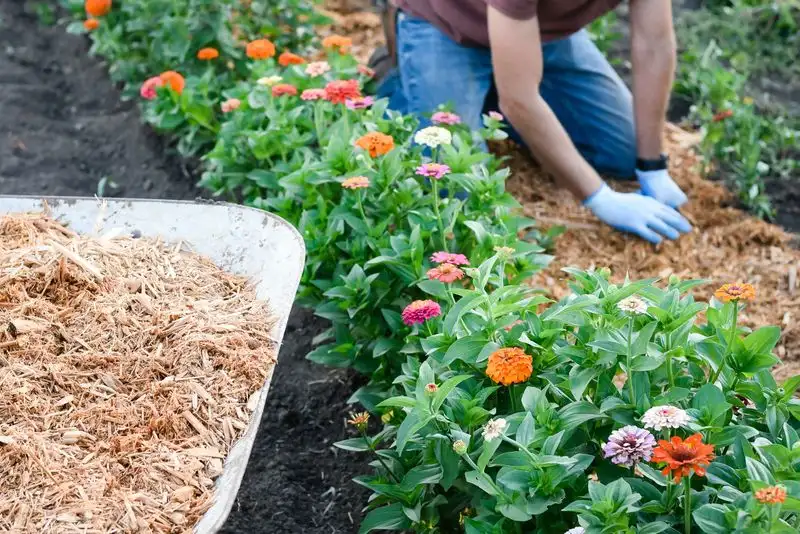
Spread mulch around your plants to retain moisture and suppress weeds. Organic mulches like straw or shredded bark decompose, enriching the soil. Mulching reduces the need for frequent watering and keeps roots cool during hot weather. By suppressing weeds, you spend less time on garden maintenance. This simple step enhances your garden’s health and appearance without a hefty price tag.
Garden Tool Care
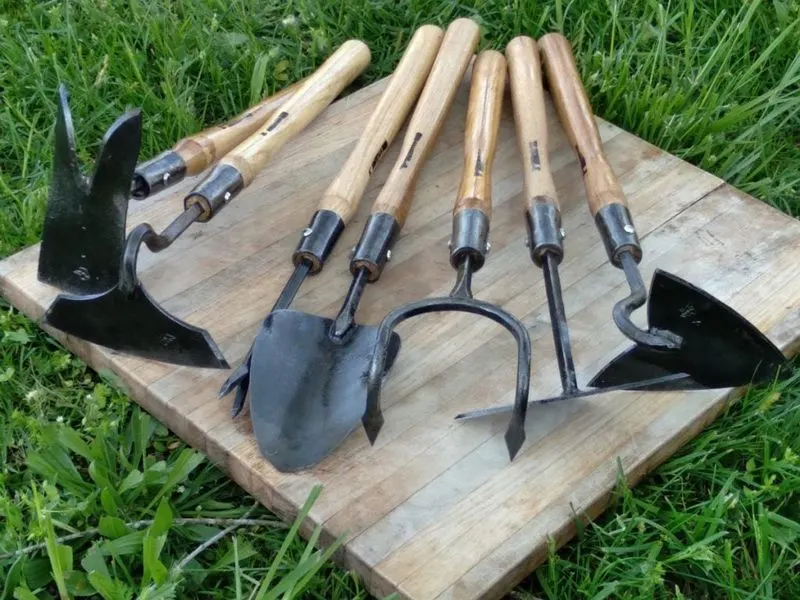
Properly maintain your garden tools to prolong their life and efficiency. Regular cleaning and sharpening reduce the need for replacements. After each use, wipe tools clean and oil metal parts to prevent rust. Sharpen blades to make gardening tasks easier and more effective. Store tools in a dry, organized space to avoid damage. This approach keeps your gardening budget in check while ensuring your tools perform at their best.
Vertical Gardening
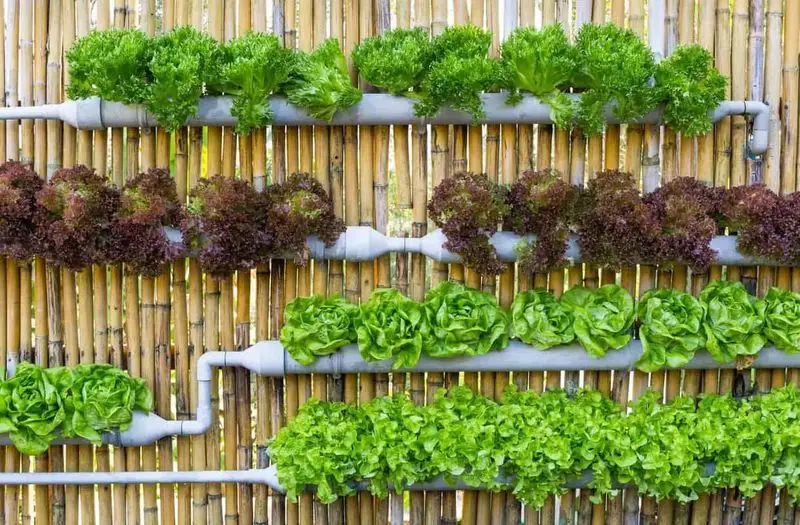
Maximize limited space with vertical gardening. Use trellises, wall planters, or stacked pots to grow upwards. This approach is perfect for balconies or small yards. Grow herbs, small vegetables, or flowers vertically to make the most out of your space. Vertical gardening not only saves space but also creates a striking visual impact. It’s an innovative way to expand your garden without needing more ground area.
Companion Planting

Plant different species together for mutual benefits. Some plants deter pests, while others enhance flavor or growth. For example, plant basil near tomatoes to improve their taste and deter insects. Marigolds can repel nematodes from vegetable beds. Understanding these relationships helps you naturally protect and enhance your garden. This method reduces reliance on chemical pesticides and enriches your gardening experience with biodiversity.
Start with Cuttings
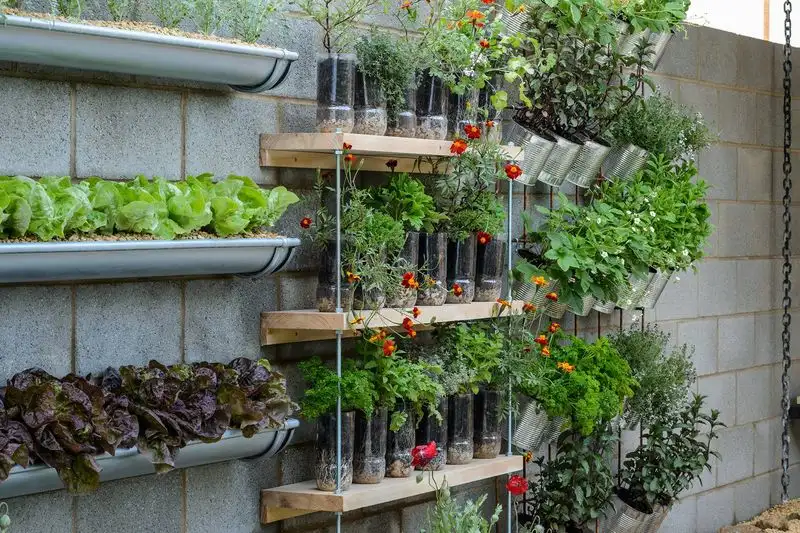
Grow new plants from cuttings of existing ones. This technique saves money on buying new plants and adds to your collection. Choose healthy parent plants and cut a stem section. Remove lower leaves and place the cutting in water or soil. With care, roots will develop, and new growth will emerge. This method is a cost-effective way to multiply your garden’s beauty. Share cuttings with friends to expand your gardening community.
Community Garden
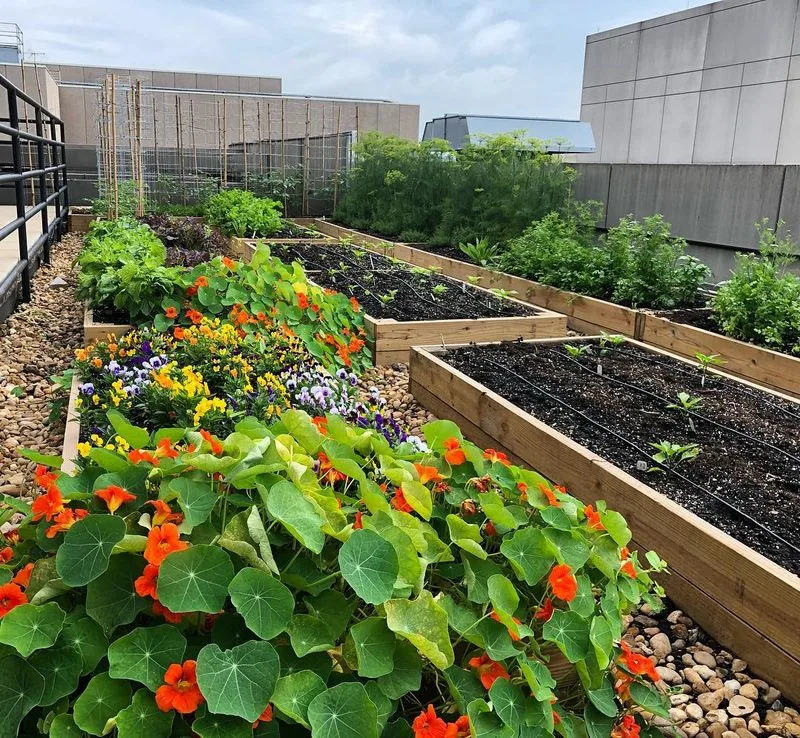
Join or start a community garden to share resources and knowledge. Community gardens offer space, tools, and seeds for everyone to use. This cooperative effort reduces individual costs and fosters learning. Meet fellow garden enthusiasts and exchange tips and produce. Community gardens promote sustainability and provide access to fresh produce, benefiting both the wallet and the environment. It’s a social and economical way to enjoy gardening.
Natural Pest Control
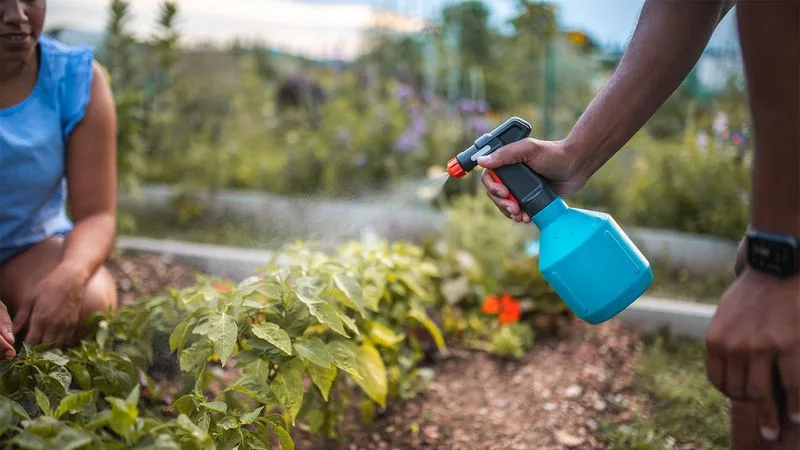
Utilize nature’s allies to keep pests at bay. Ladybugs, for instance, feast on aphids, while certain birds eat insects that harm plants. Planting flowers like daisies and sunflowers can attract these helpful creatures. This method reduces the need for chemical pesticides, making your garden safer for pets and children. Encourage beneficial insects to create a balanced ecosystem that naturally manages pests, saving money and promoting a healthier garden environment.
Secondhand Garden Supplies
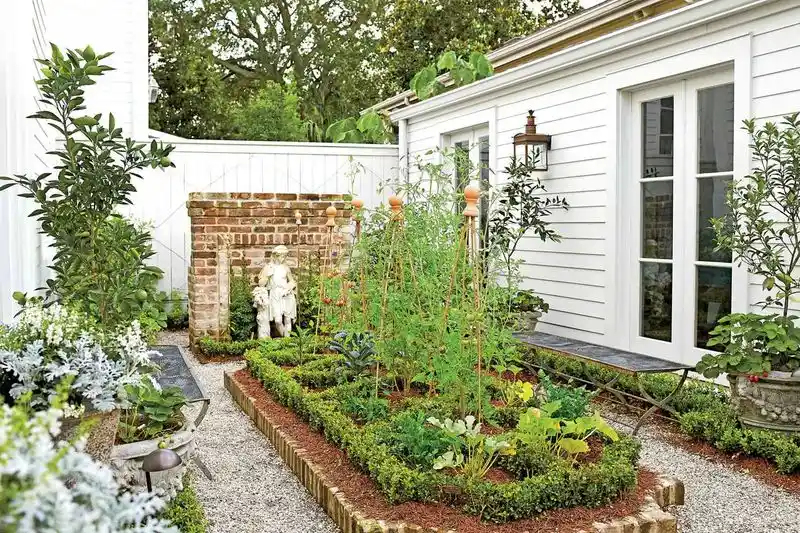
Explore thrift stores, garage sales, or online marketplaces for affordable gardening supplies. Secondhand tools, pots, and decorations can be found at a fraction of the retail price. Inspect items for quality before purchasing to ensure they meet your needs. Repurposing these finds reduces waste and saves money. This approach allows you to acquire necessary gardening materials without overspending, making it easy to enhance your garden creatively and sustainably.
Soil Testing
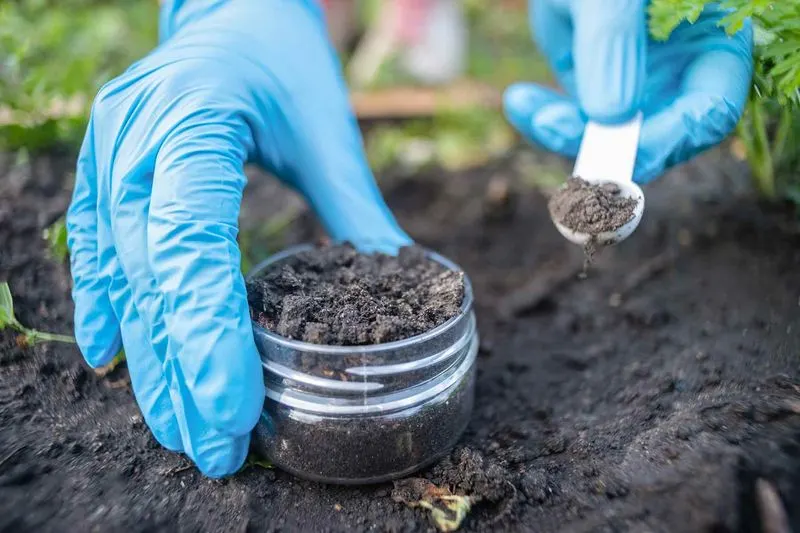
Test your soil to understand its nutrient content and pH level. Soil testing kits are affordable and provide valuable insights to optimize plant health. Knowing what your soil lacks allows you to add only the necessary amendments, avoiding unnecessary expenses. This knowledge helps you make informed decisions, leading to a more productive garden. It’s a small investment that can have a big impact on your gardening success.
Crop Rotation
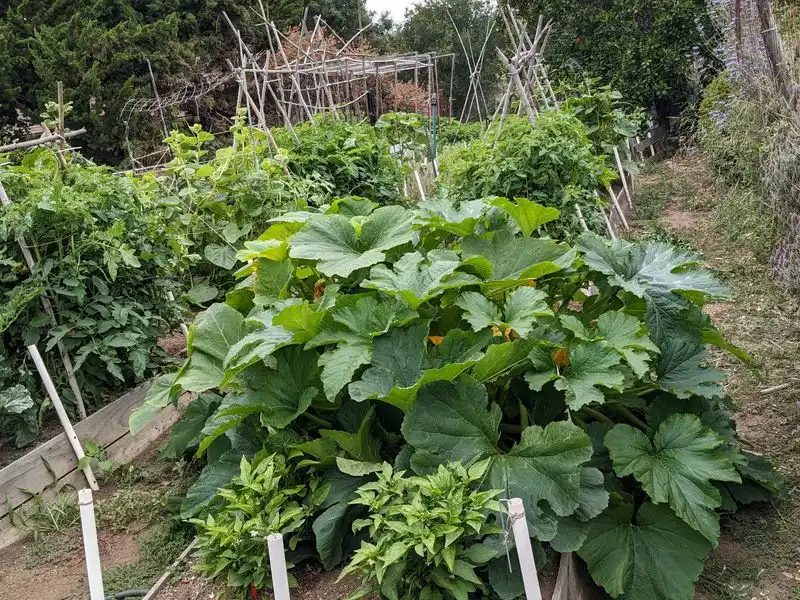
Rotate crops to maintain soil health and prevent pest buildup. Changing plant locations each season disrupts pest life cycles and reduces soil nutrient depletion. Plan your garden layout annually to ensure variety in plant placement. This method enhances soil fertility naturally and decreases the need for chemical interventions. Crop rotation is a strategic way to boost productivity and sustainability in your garden.
Watering Wisely
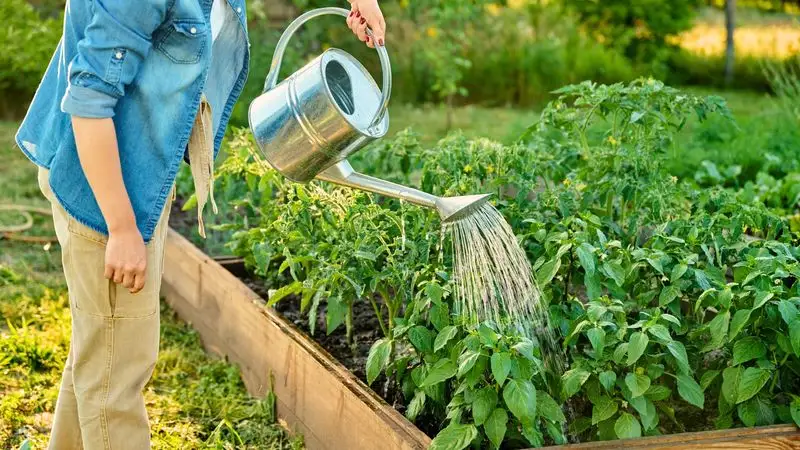
Optimize water usage with efficient watering methods. Drip irrigation systems or soaker hoses deliver water directly to plant roots, minimizing waste. Water in the early morning or late afternoon to reduce evaporation. This approach conserves water, lowers utility costs, and keeps plants healthy. Adjust watering frequency based on weather conditions to avoid overwatering. By being mindful of your garden’s water needs, you contribute to environmental sustainability.
Native Plants
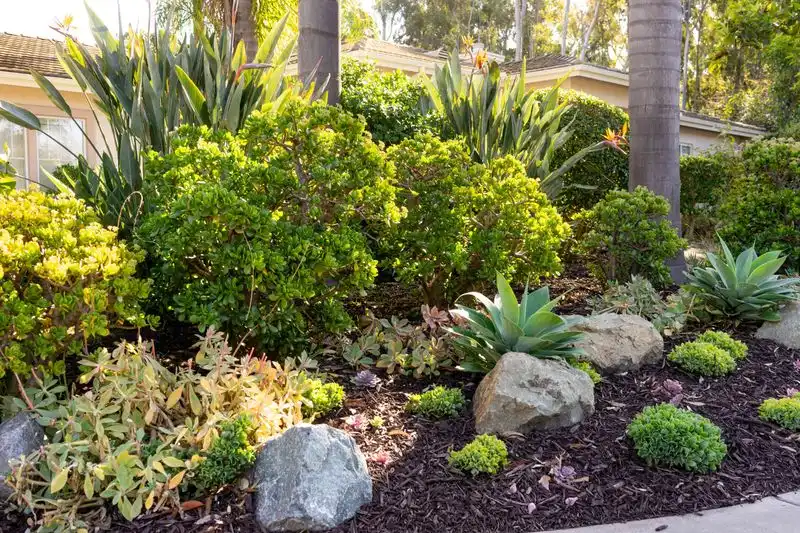
Choose native plants that are adapted to your local climate. They require less water and maintenance, making them cost-effective choices. Native plants attract local wildlife, promoting biodiversity. Research which plants are native to your area and incorporate them into your garden design. This practice supports the ecosystem while reducing gardening expenses. Native plants offer beauty and resilience, making them a wise addition to any garden.
Homemade Fertilizers
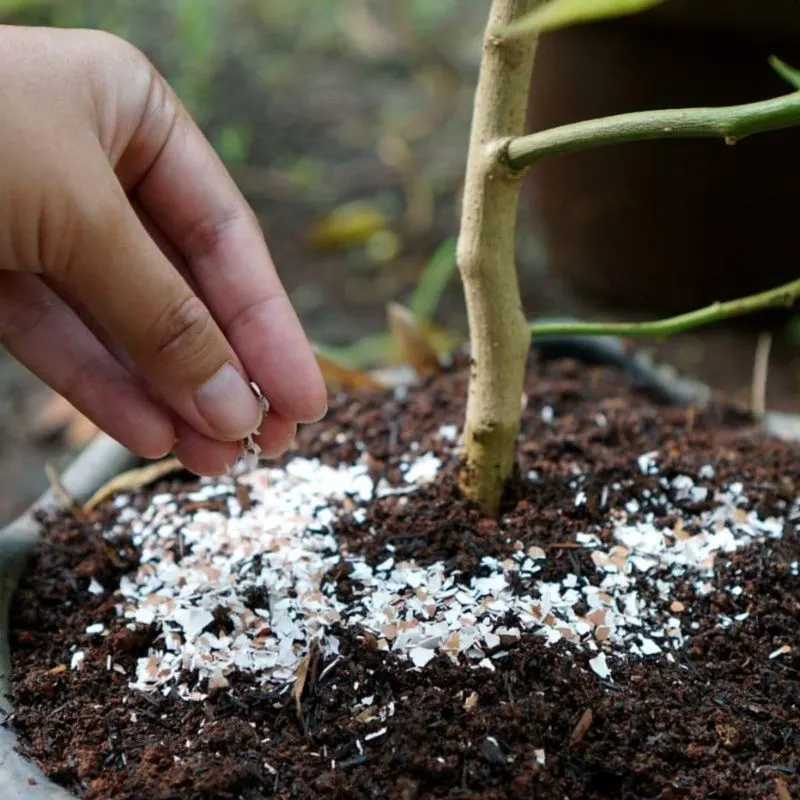
Create your own fertilizers from household waste. Banana peels and coffee grounds add potassium and nitrogen to the soil. Blend them into a nutrient-rich mixture to feed your plants. This DIY approach reduces reliance on commercial fertilizers and saves money. Experiment with different organic materials to find the perfect balance for your garden. Homemade fertilizers enrich your soil naturally, offering a budget-friendly way to boost plant growth.
Plant Swaps
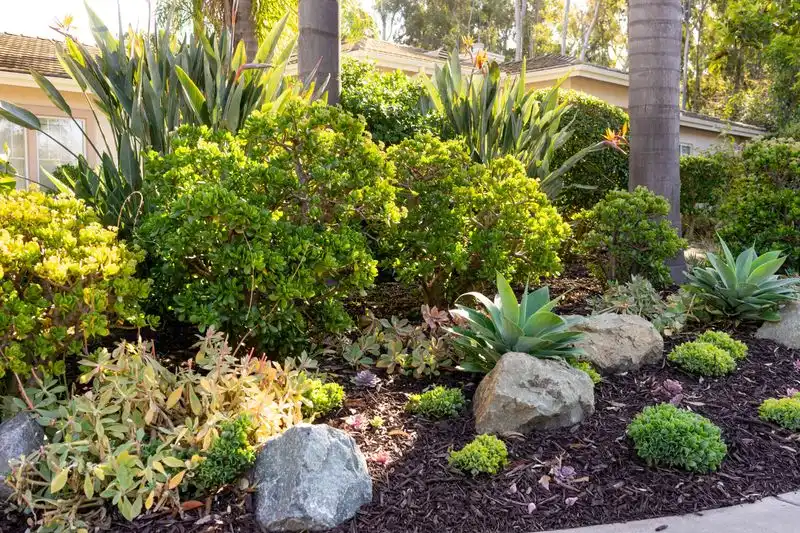
Participate in plant swaps to diversify your garden without spending. These community events allow you to exchange plants, seeds, and cuttings with fellow gardeners. Discover new plant varieties and expand your collection at little to no cost. Plant swaps foster a sense of community and shared passion for gardening. They offer a fun and economical way to enhance your garden while building connections with other plant enthusiasts.
DIY Garden Art
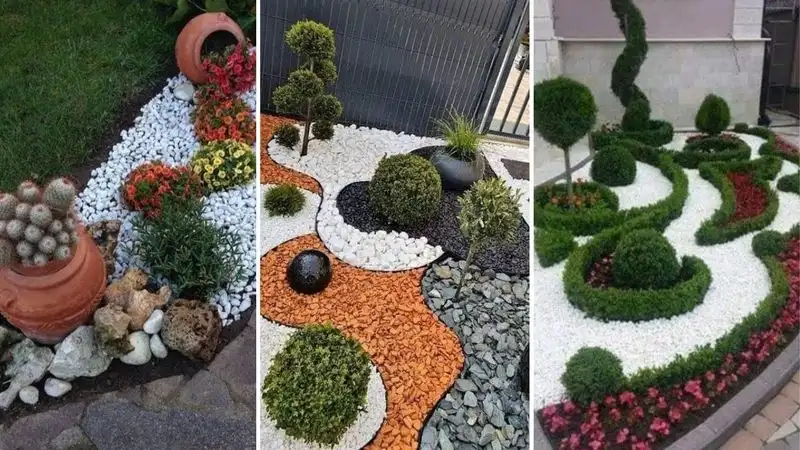
Add personality to your garden with DIY art projects. Painted rocks, recycled sculptures, or homemade bird feeders can enhance your garden’s charm. Use materials you already have, like stones or scrap metal, to craft unique decorations. This creative outlet is an affordable way to personalize your space and express your style. By incorporating art into your garden, you create a vibrant environment that reflects your individuality.
Gardening Workshops

Attend free or low-cost gardening workshops to expand your knowledge. Local garden centers, community colleges, or online platforms frequently offer classes on topics like sustainable gardening or plant care. Workshops provide valuable insights and practical skills, helping you improve your garden’s productivity. Networking with other gardeners during these sessions can lead to new friendships and ideas. Continuous learning keeps your gardening experience exciting and rewarding.
Upcycled Trellises
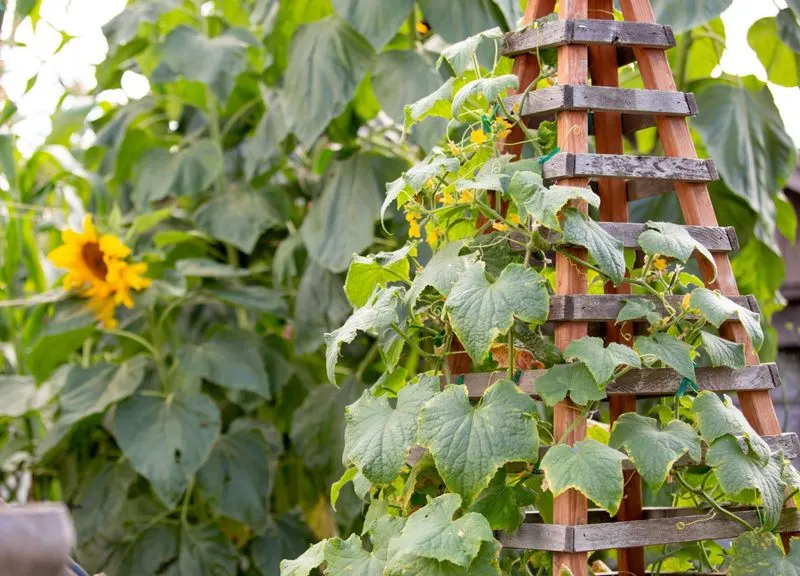
Construct trellises from recycled materials to support climbing plants. Old ladders, wooden pallets, or discarded fencing can be transformed into functional garden structures. These budget-friendly solutions help you maximize space and add vertical interest to your garden. Upcycling reduces waste and costs while providing sturdy support for your plants. It’s an innovative way to enhance your garden’s aesthetics and functionality without overspending.

